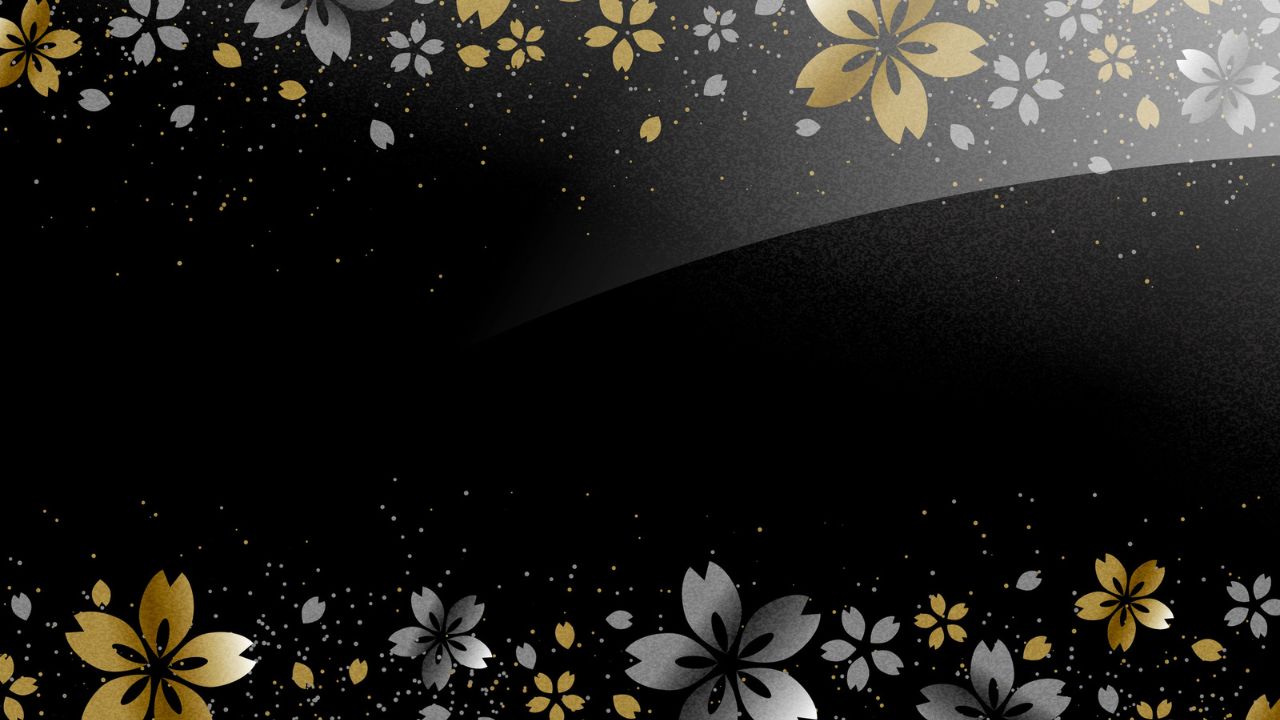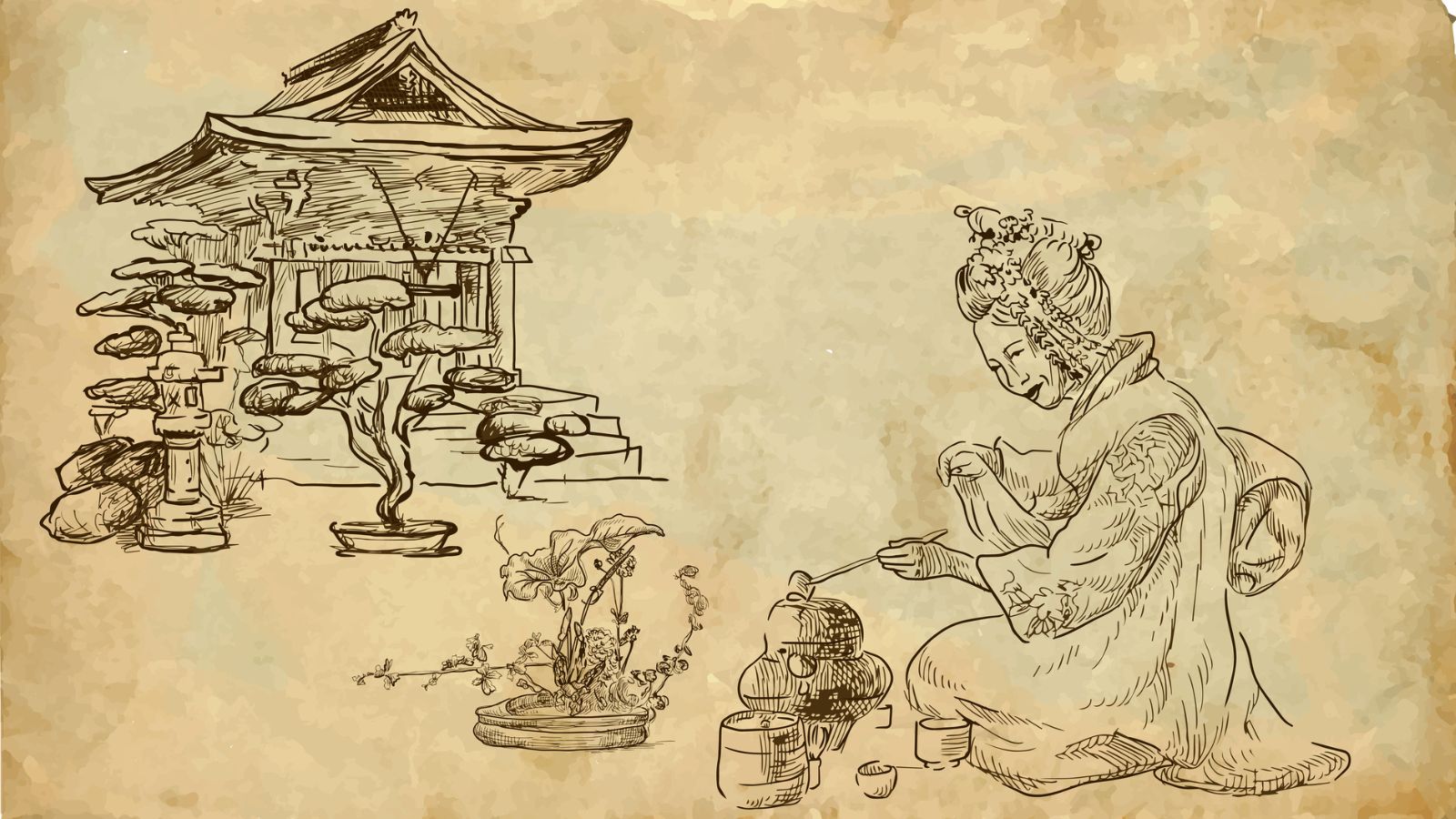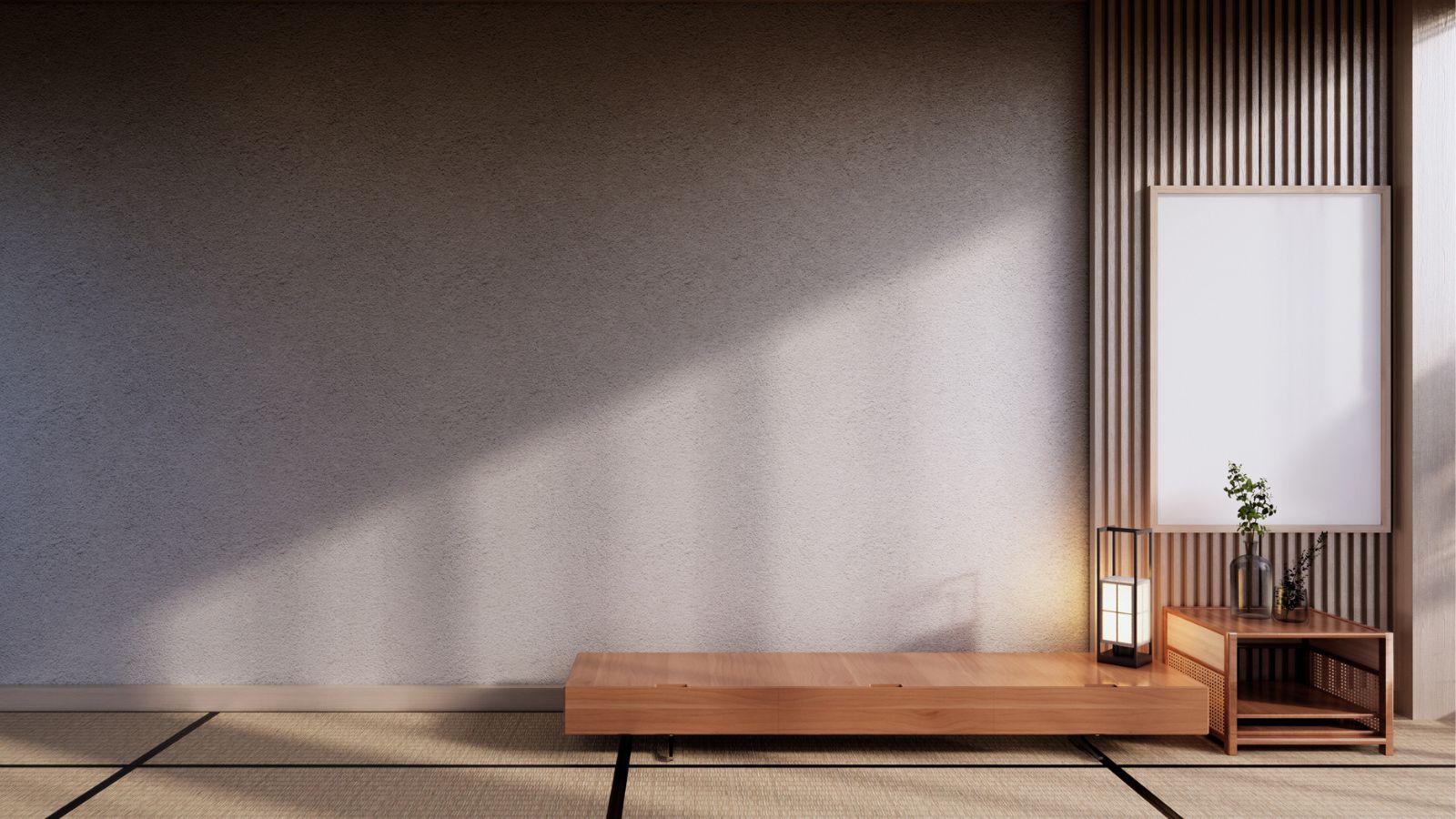Japanese lacquer known as urushi, is a natural material derived from the sap of the urushi tree (Toxicodendron vernicifluum), a species native to East Asia. For over 9,000 years this substance has been at the heart of one of Japan’s most revered traditional crafts: lacquerware. But what exactly is Japanese lacquer made from and what makes it so prized?
The Source: The Urushi Tree
Japanese lacquer is made from the raw sap of the urushi tree, sometimes referred to as the Japanese lacquer tree. These trees must grow for about 10 to 15 years before they can be tapped. During the summer months, skilled harvesters make shallow cuts into the bark to draw out the milky sap, drop by drop. A single tree yields only around 200 ml of usable sap per year, making urushi a rare, time-consuming and labor-intensive resource.
The harvested sap contains a compound called urushiol, which undergoes a natural polymerization process when exposed to humid, warm air. This transformation results in a hard, glossy coating that is highly resistant to water, heat, acid and even bacterial growth.
Processing and Purification
Raw urushi cannot be used directly. It undergoes a meticulous process of filtering, stirring (nayashi), and sometimes dehydration to remove impurities and standardize its viscosity. This refinement ensures the lacquer can be applied evenly in ultra-thin layers (a defining characteristic of Japanese lacquerware). Artisans may adjust the lacquer’s color or opacity by adding natural pigments or iron oxide.
The final product is a silky liquid ranging from clear amber to deep brown. Once brushed onto a surface, it requires careful curing in a warm, humid chamber for each layer to harden properly. This natural polymerization makes the finished lacquer incredibly durable and lustrous.
Variations in Urushi
Japanese lacquer can be classified by its source and treatment:
- Raw Urushi (ki-urushi): Unpigmented and used for base coats or mixing.
- Black Urushi (kuro-urushi): Achieved by adding iron oxide.
- Transparent Urushi (suke-urushi): Used for highlighting wood grain.
- Red Urushi (shu-urushi): Made with red pigments such as cinnabar or iron-based compounds.
Regional differences also affect quality. For example, Daigo Urushi from Ibaraki Prefecture is prized for its clarity and strength while Johana Urushi from Toyama Prefecture is known for its smooth texture.

Applications and Cultural Significance
Once processed, urushi is used to coat wood, ceramic, metal, or cloth. Its adhesive strength and aesthetic versatility make it ideal for tableware, furniture, decorative objects, and fine art techniques such as maki-e (gold dust painting) and raden (mother-of-pearl inlay).
In Japanese culture, urushi is a medium of permanence and grace. Used in sacred rituals and tea ceremonies, it reflects values of resilience, refinement and reverence for nature.
Conclusion
Japanese lacquer is made from one of nature’s most extraordinary substances: the sap of the urushi tree. Through careful harvesting, purification, and centuries of artisan wisdom, the tree resin is transformed into a material of profound cultural and artistic value.
Whether in the delicate shimmer of a maki-e design or the deep luster of a lacquered bowl, urushi continues to embody the timeless spirit of Japanese craftsmanship.






Share: